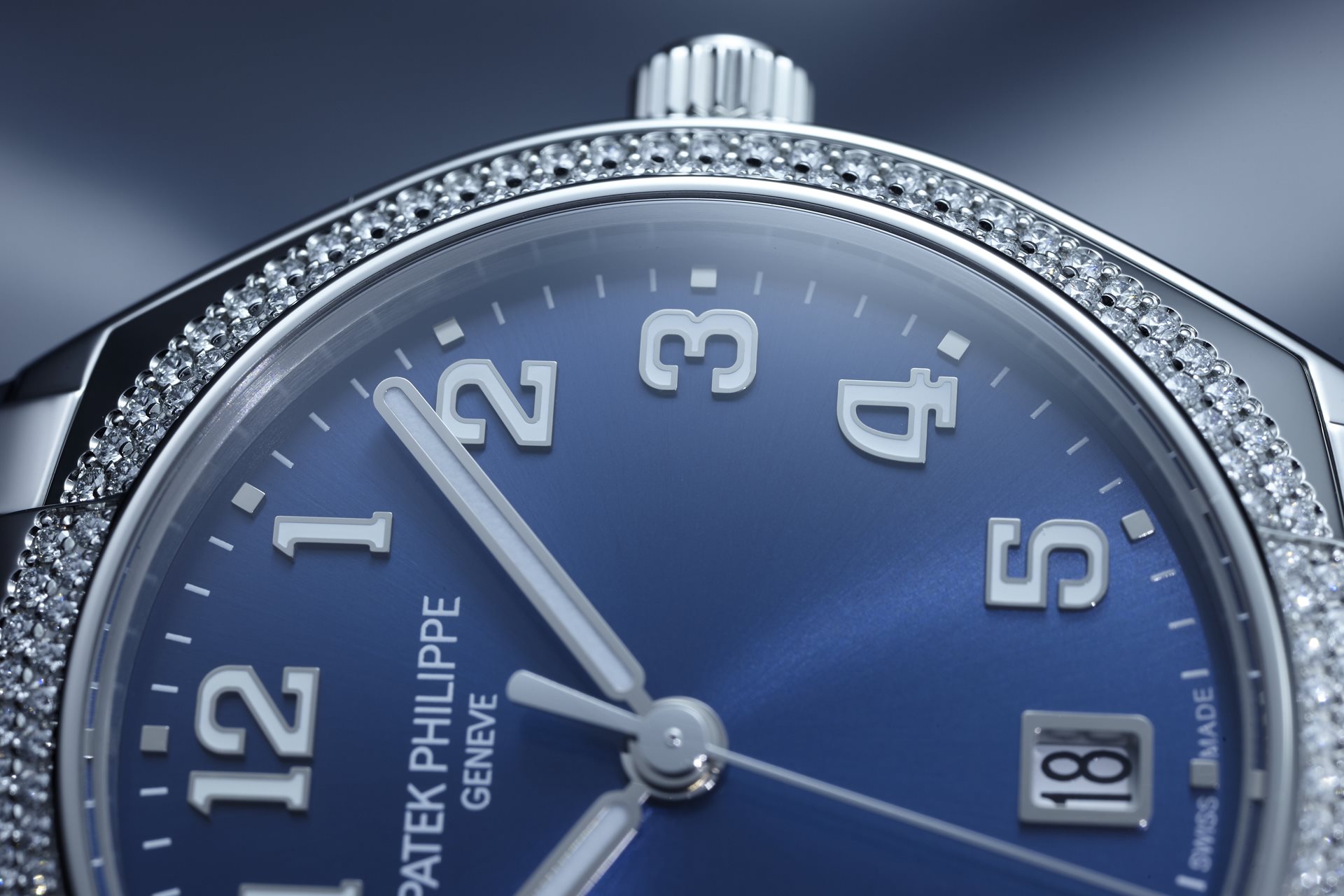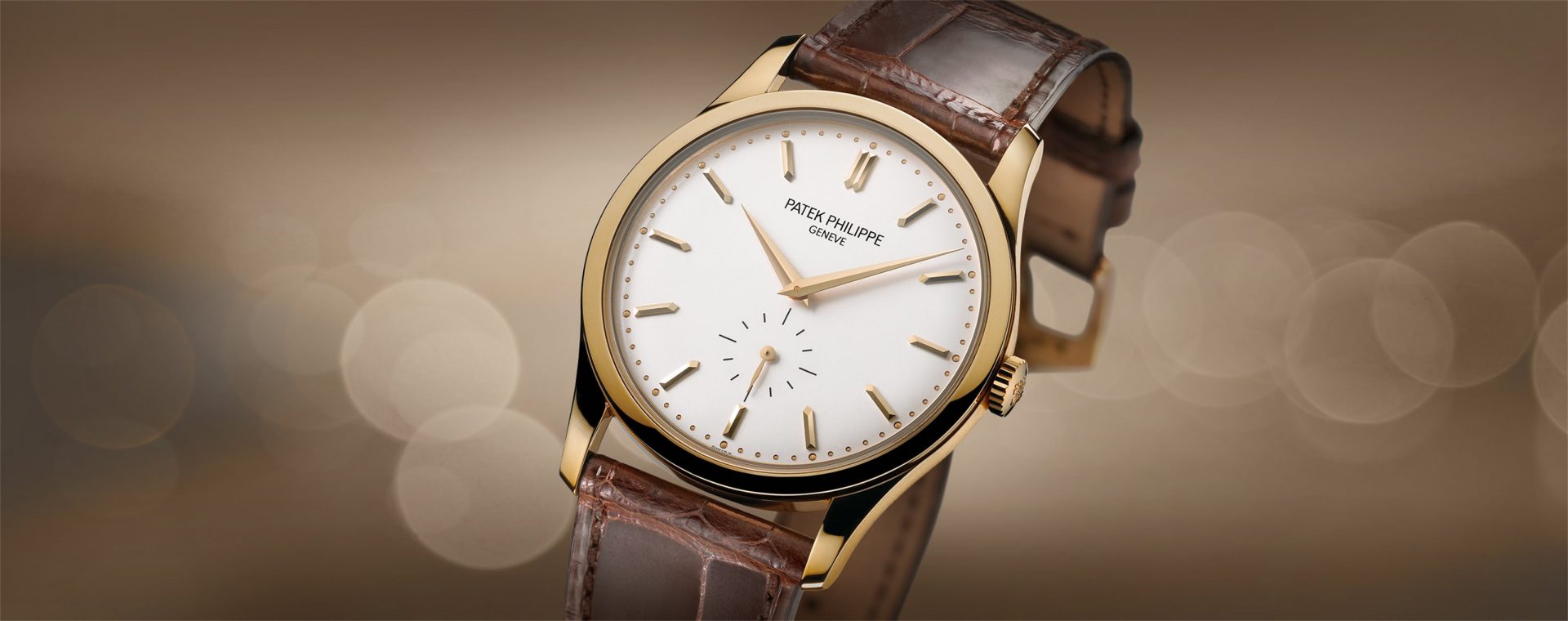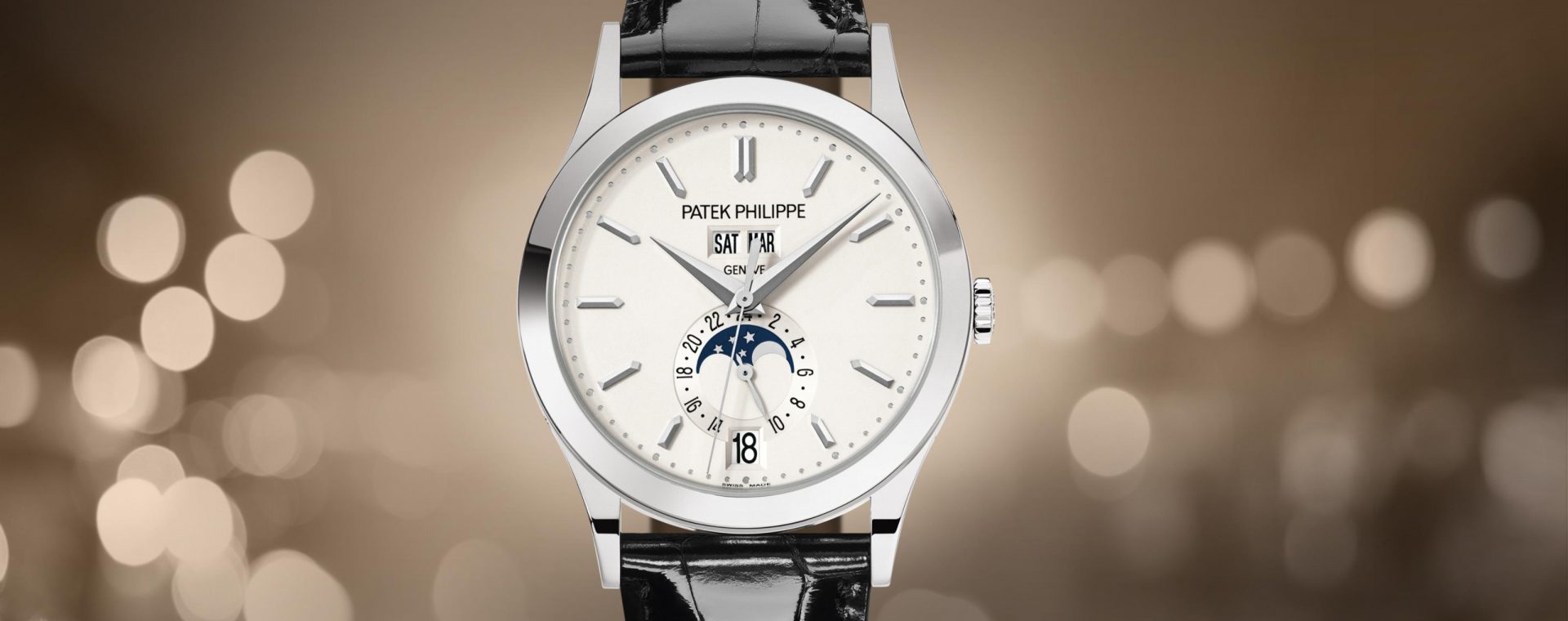-
Watches
By Category
By Collection
By Brand
- Rolex
By Category
By Collection
- Rolex Certified Pre-Owned
- Pre-Owned & Vintage
- Brands
Watch Brands
Jewelry Brands
- Jewelry
By Metal
By Gemstone
By Collection
By Brand
- Engagement
By MetalBy StyleBy Cut/ShapeBuild Your Ring- Wedding
By MetalWedding Jewelry- Sale
- Sell Your Watch
Sell Your Watch
We will expertly assess your watch and offer you
a competitive and accurate valuation for the
watch you wish to sell to us.Free valuation by our experts
Unrivalled knowledge & expertise
Competitive prices offeredBrands we buy
A. Lange & SohneAudemars PiguetBlancpainBreguetBreitlingCartierIWC SchaffhausenJaeger-LeCoultreLonginesOMEGAPatek PhilippeRolexHeuerTudorVacheron Constantin- Stores
- Rolex
- Shop by Category
-
Watches
- Back
- Shop All Watches
- By Category
- By Collection
-
By Brand
- Rolex
- Angelus
- Arnold & Son
- Berd Vay'e
- Blancpain
- Bovet
- Breitling
- BVLGARI
- Cartier
- DOXA
- Girard-Perregaux
- Grand Seiko
- Hamilton
- H.Moser & Cie
- Hublot
- ID Genève
- IWC Schaffhausen
- Jacob & Co
- L’epee 1839
- Longines
- Luminox
- Nivada Grenchen
- OMEGA
- Oris
- Panerai
- Porsche Design
- QLOCKTWO
- Rado
- Raymond Weil
- Reservoir
- Speake Marin
- TAG Heuer
- Tissot
- Tudor
- Ulysse Nardin
- William Wood Watches
- WOLF
- Zenith
- Rolex
- Rolex Certified Pre-Owned
- Certified Pre-Owned
-
Brands
- Back
- View All Brands
-
A-Z
- Rolex
- Angelus
- Arnold & Son
- Berd Vay'e
- Bijoux Birks
- Blancpain
- Bovet
- Breitling
- BVLGARI
- Carlex
- Cartier
- CHANEL
- Di Modolo
- DOXA
- FOPE
- Girard-Perregaux
- Grand Seiko
- Gucci
- Hamilton
- Hearts on Fire
- H.Moser & Cie
- Hublot
- ID Genève
- IWC Schaffhausen
- Jacob & Co
- J Fine
- John Hardy
- L’epee 1839
- Longines
- Luminox
- Marco Bicego
- Massena LAB
- Mayors
- Messika
- Mikimoto
- Nivada Grenchen
- Nouvel Heritage
- OMEGA
- Oris
- Panerai
- Parmigiani Fleurier
- Paul Morelli
- Pasquale Bruni
- Penny Preville
- Pomellato
- Porsche Design
- QLOCKTWO
- Rado
- Raymond Weil
- Reservoir
- Roberto Coin
- Speake Marin
- Tabayer
- TAG Heuer
- Tissot
- Tudor
- Ulysse Nardin
- Uneek
- Vhernier
- William Wood Watches
- WOLF
- Yeprem
- Zenith
- Jewelry
- Engagement
- Wedding
- Sale
- Sell Your Watch
- Stores
- My Account
- Wishlist
- Store Finder
- Request an Appointment
- Help & Support
The History of Patek Philippe
By Sarah Jayne Potter | 4 minute read

When it comes to impeccable craftsmanship, pioneering designs and rich history of Genevan watchmaking inventions, there is none more qualified than that of Patek Philippe. The company began its legacy in the nineteenth century, founded by Antoine Norbert de Patek and Adrien Philippe and has a tradition of innovation that has been crowned by over one hundred patents. The brand is renowned for its hand-finished watches and skilled craftsman that ensure each and every timepiece is of the highest of standards.
In The Beginning
Before their formation, both Patek and Philippe were on their own journeys within horology. In 1839, Antoine Norbert de Patek formed a union with François Czapek and launched Patek, Czapek & Cie, the predecessor to the Patek Philippe brand. The partnership lasted six years with them creating several exceptional time pieces. Once their partnership was dissolved in 1845, they went their separate ways, continuing to produce timepieces respectively.
Meanwhile, Jean Adrien Philippe was becoming recognisable as a driving force when it came to his inventions, and he received a bronze medal for his keyless winding and hand-setting system at the Industrial Exposition in Paris. He applied for a patent of this design and garners the attention of many, including Queen Victoria.
The Birth of Patek Philippe
In 1851, both watchmakers came together to begin the brand Patek, Philippe & Ce- Fabricants à Genève, the start of the brand we know today. Their career spanned decades, and they continued to supply timepieces for royalty and aristocrats, among others. New patents for their timepieces included one for a precision regulator, perpetual calendar mechanisms for pocket watches and for the first double chronograph.

This resulted in the creation of the “Duke of Regla” Westminster chime pocket watch in 1910, the first complicated ladies’ wristwatch with a five-minute repeater in 1916, the first split-seconds chronograph wristwatch in 1923, and its first wristwatch with a perpetual calendar in 1925. The world, and subsequently the company, took a great hit within the Great Depression and sought outside investment to counteract it and in 1932, Genevan brothers Jean and Charles Henri Stern invest in Patek, Philippe & Cie. In the same year, the Calatrava: Ref. 96 launches. A watch so revered that it is still part of the Patek Philippe collection today in an updated form as model 5196. From there, many more iconic timepieces were created, and patents filed.
The Era of The Stern Family
The company was kept within the Stern family, and in 1958 Henri Stern becomes president of Patek Philippe and his son, Philippe Stern became president of Patek Philippe in 1993. Patek’s first annual calendar was introduced in 1996 and has been ever present since in various guises and styles. The Patek Philippe 5396 uses a combination of dial apertures and a sub dial to express the date function.

Philippe Stern’s passion for timepieces resulted in the opening in 2001 of The Patek Philippe Museum, considered one of the world’s foremost horology museums. The “Temple To Watchmaking” as it is referred to, houses over five centuries of watchmaking history and features an antique collection that includes timepieces from the 16th century through to the Patek Philippe collection from 1839 onwards. The museum also boasts a library with over 8000 publications on time and time measurement.
20th Century to Now
Throughout the 21st century, there have once again been many new launches under Philippe Stern’s hand, including the 10-Day Tourbillon, Ref. 5101P and the Annual Calendar Ref. 5250, with the first escape wheel for a Swiss lever escapement made from a revolutionary new silicon-based material.
Philippe had not only a passion for the history of horology, but of the advancement of timepieces, and commissioned such work as the Patek Philippe Advanced Research: launch of the silicon-based Spiromax balance spring and the Patek Philippe Advanced Research: launch of the Pulsomax silicon-based escapement.
He handed this passion down to his son, Thierry, who became president of Patek Philippe in 2009. In 2011, the brand saw the launch of the Oscillomax ensemble incorporating the Spiromax balance spring, the Pulsomax escapement, and the GyromaxSi balance.
Something that has also been pushed forward in terms of design under Thierry Stern’s presidency are the styles of Patek Philippe ladies watches. In 2009, we saw the launch of the CH 29-535 PS movement integrated into the Ladies First Chronograph and in 2011 we saw the launch of the Ladies First Minute Repeater, Ref. 7000R.

The Patek Philippe Calatrava Pilot Travel Time and Patek Philippe Twenty-4, featured above.
Patek Philippe has always had complicated watches for ladies in their collection and 2018 saw two new models, the Calatrava Pilot Travel Time, a dual time model, and a new Twenty-4, a bold yet feminine 36mm automatic watch for ladies, continuing this trend.
For more in depth history on Patek Philippe, past and present, we sat down with renowned watch journalist Nick Foulkes in our Calibre podcast. You can listen to it here or below.



